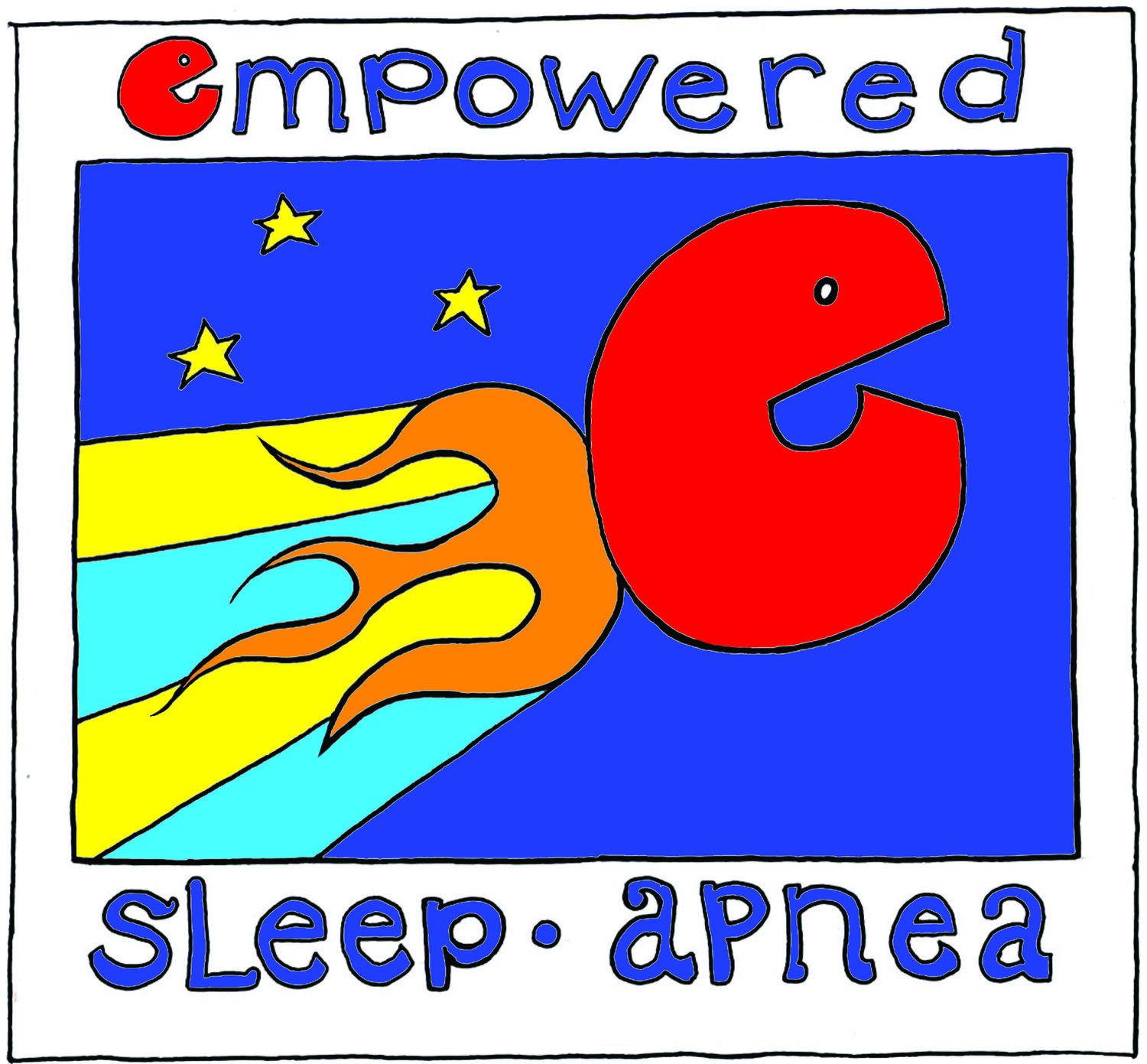Thoughts on Being Patient-Centered
By David E McCarty, MD, FAASM (but you can call me Dave)
The term patient-centered medicine means something vital to me. A recognition of the fundamental responsibility that bonds provider and patient.
Patient-centered medicine.
I don’t sling this term around, lightly. I once saw a promotional for a doctor’s office, proclaiming that their new iPads in the waiting room that speeded check-in were at the forefront of patient-centered care.
That’s not what I’m talking about. I’m not talking about whiz-bang elements to make an office more user-friendly.
What I’m talking about is something much deeper, and much more plainspoken.
Patient-centered medicine means that the patient is the center of the experience. The patient’s experience is Ground Truth. Everything else builds from there.
Think about that for a second. Savor it. Your experience is Ground Truth.
The New Patient
Some of the biggest brains in the business are working on this issue. They’ve tuned into the signal that the secret to success lies in a trusting alliance between provider and patient. At Yale, Janet Hilbert and Henry Yaggi recently published a beautiful manifesto of what it means to embrace a patient-centered practice in Sleep Medicine, and I think it’s really top-notch
From the article’s abstract (I added white space to make it easier on the eyes):
Efficacious treatment is available, but patient engagement is typically required for treatment to be effective. Patients with sleep apnea are phenotypically diverse and have individual needs, preferences, and values that impact treatment decisions.
There has been a shift in obstructive sleep apnea management from diagnosis to chronic care management.
Making treatment decisions that incorporate an individual patient's values and preferences and are personalized for that patient's biology has the potential to improve patient outcomes.
A patient-centered care approach in obstructive sleep apnea is reviewed including
1) determining patient-specific needs to guide treatment decisions,
2) understanding patient values, preferences, and other factors impacting treatment decisions and using shared decision-making,
3) enhancing patient education and support to improve treatment adherence,
4) promoting patient engagement,
5) optimizing care coordination, continuity of care, and access to care, and
6) determining and assessing patient-centered outcomes
I don’t think I could say it any better myself, so I won’t try. That abstract beautifully sums up what it means to be patient-centered. It’s not about a fancy iPad, folks. It’s a seismic philosophical shift of attitude.
I’ll sign off for today with this personal observation: Many (if not most) individuals on the Isle of Sleep Apnea have a more complex disorder than plain-and-simple “obstructive sleep apnea.” Many individuals are hacking through the rough brush somewhere in Treated Territory, and they need guidance for how to think their way out of it.
It crosses one’s mind that those individuals need empowerment on their journeys, as well.
Recommended Reading
Hilbert J, Yaggi H. Patient-centered care in obstructive sleep apnea: A vision for the future. Sleep Med Reviews. Vol 37, Feb 2018; 138-147



